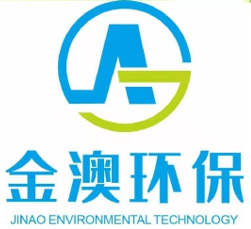The main industrial sources of high concentration organic wastewater and oily wastewater are petroleum industry, petrochemical industry, textile industry, metal processing industry and food processing industry. Waste water containing petroleum pollutants will be produced in the process of petroleum exploitation, refining, storage, transportation or use of petroleum products. The waste water discharged from meat processing, milk processing, laundry, automobile repair and other processes contains oil or grease. In general domestic sewage, grease accounts for about 10% of the total organic matter, and about 15g of grease is produced per person per day. Except that the relative density of heavy tar can reach 1.1, the other oils contained in the wastewater are less than 1. The key point of oily wastewater treatment is to remove the oils whose relative density is less than 1. According to the amount of sewage produced by high concentration organic wastewater and the degree of pollution to the water environment, oil pollutants are mainly petroleum substances. The types of oil pollutants in wastewater can be divided into five physical forms according to their existing forms. (1) When the free oil is still, it can quickly rise to the liquid level to form an oil film or oil layer. The particle size of this kind of oil bead is larger than 100 μ M accounts for 60% - 80% of the total oil in waste water. (2) Mechanically dispersed oil, oil bead size is generally 10 μ M-100 μ The stability of fine oil drops of m in wastewater is not high. After standing for a period of time, they can often combine with each other to form an oil slick. (3) Emulsified oil bead with particle size less than 10 μ M is generally 0.1-2 μ m. This kind of oil droplet has high chemical stability and often becomes a stable emulsion due to the presence of surfactant in water. (4) The dissolved oil is very finely dispersed oil beads. The particle size of the oil beads is smaller than that of the micro electrolysis emulsified oil, and some can be as small as several nm, that is, the oil really dissolved in the wastewater in the chemical concept. (5) Solid attached oil refers to oil beads adsorbed on the surface of solid particles in wastewater. The oil in wastewater has different forms, different treatment degrees and different treatment methods and devices. Common oil-water separation methods include oil separator, common oil removal tank, coagulation oil removal tank, coarsening coalescence oil removal method, air flotation oil removal method, etc.
Welcome to Guangdong jin'ao Environmental Protection Technology Co., Ltd website!Main business:Waste gas treatment equipment




